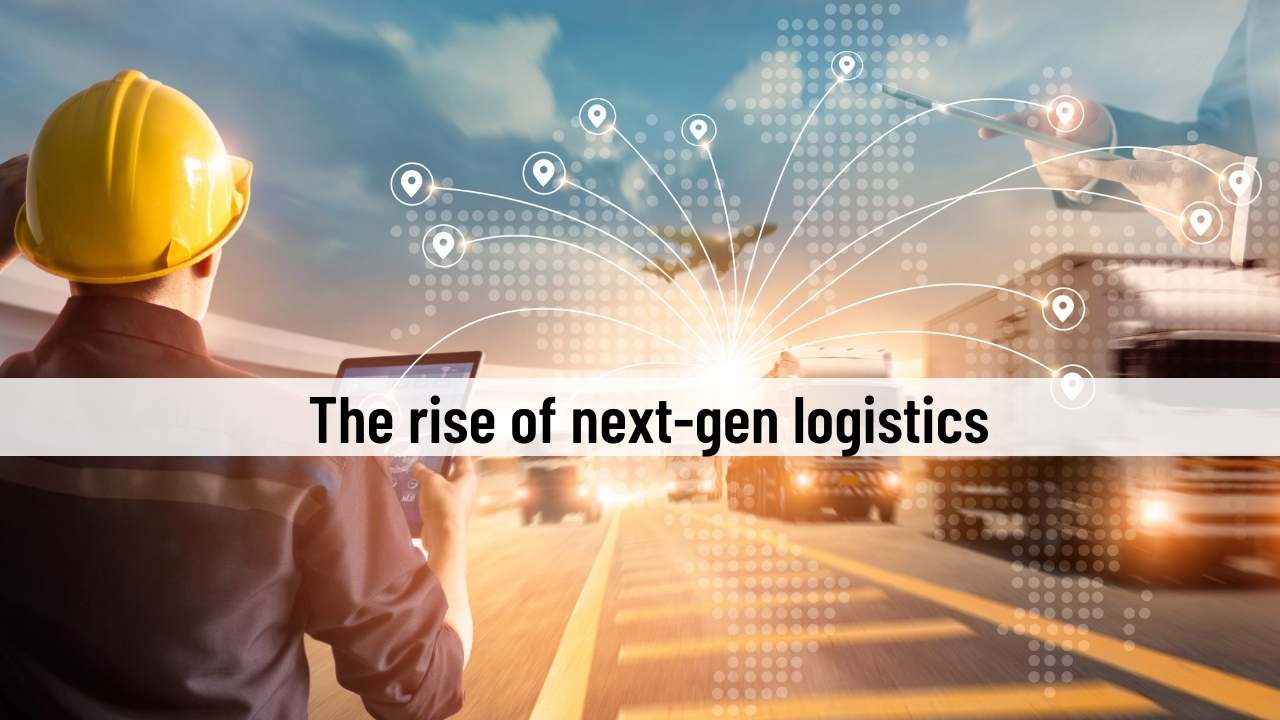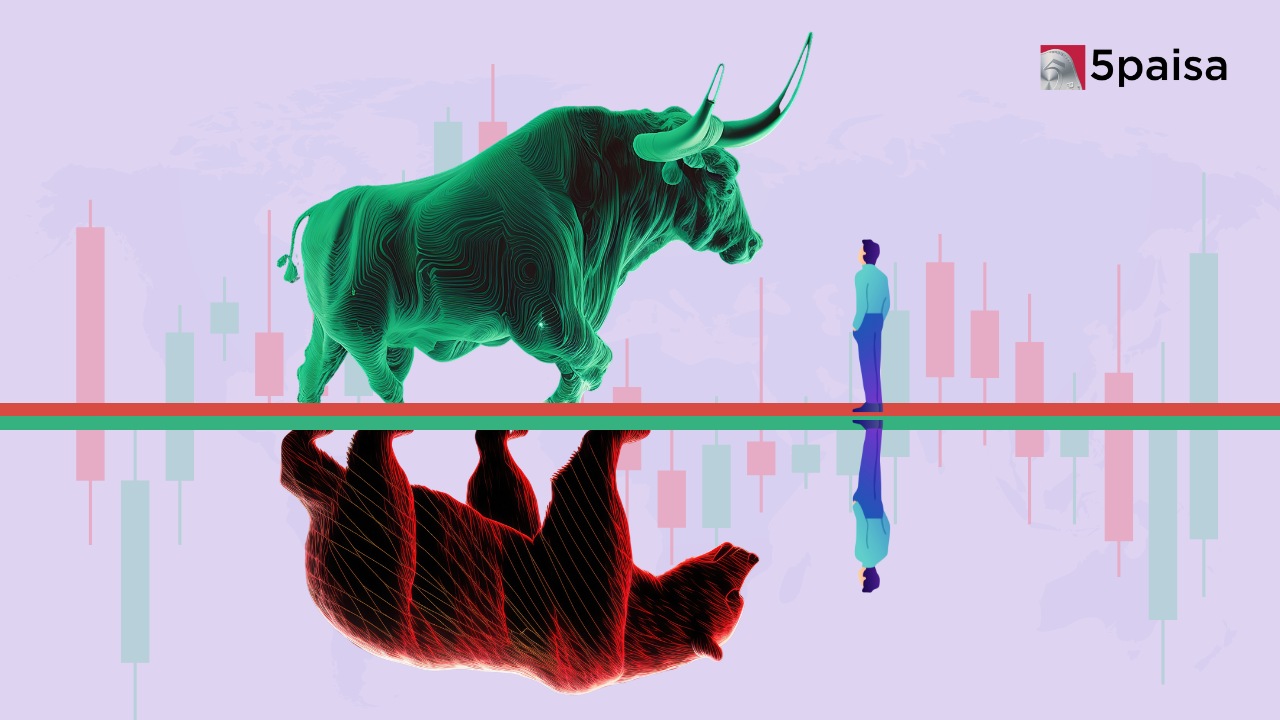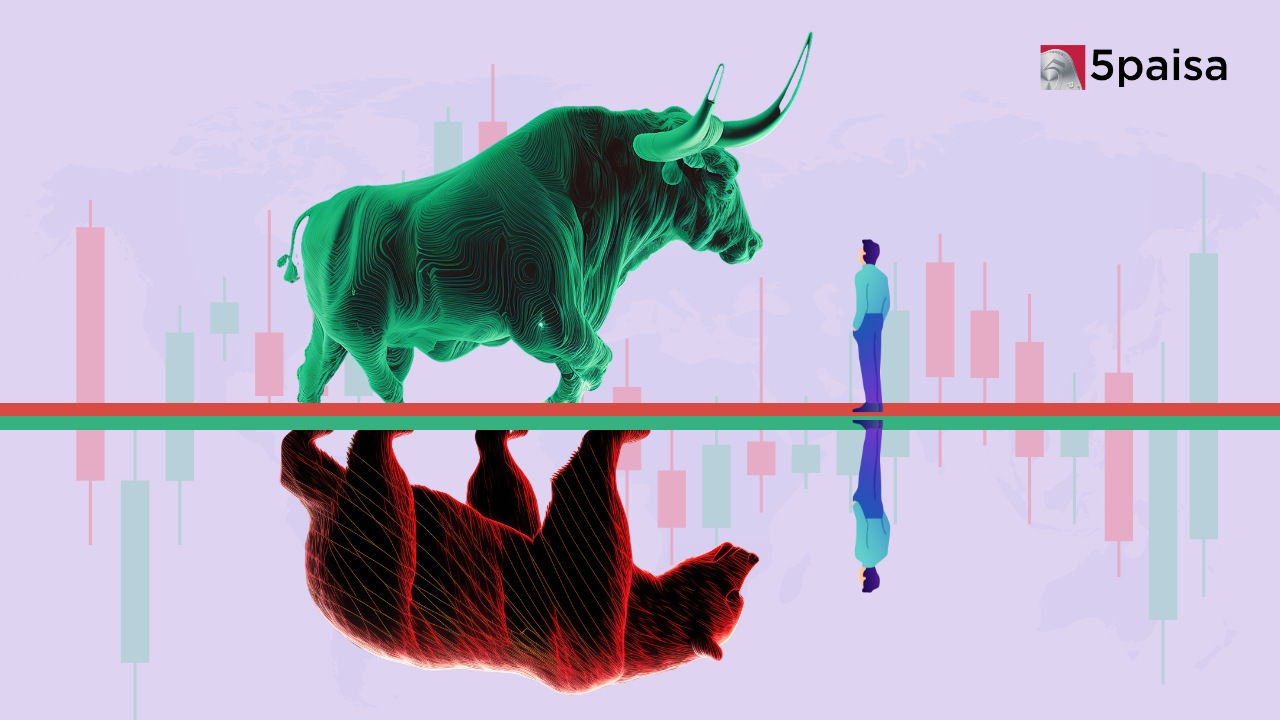The rise of next-gen logistics

Last Updated: 17th June 2022 - 02:58 pm
It’s no secret that consumers in India are splurging on e-commerce. Growth is likely to remain supercharged for years to come, as, despite the boom, e-commerce accounts for just 5% of the overall retail spending. Importantly, while the past five years were driven by large “horizontal” companies like Amazon and Flipkart, which sell everything from apparel to electronics, the growth in coming years will be driven by multiple players and segments.
At one end of the spectrum, mega horizontal companies like Reliance and Tata are ramping up, while at the other end, multiple vertical companies like Nykaa, Purplle, and Lenskart are growing strongly. Apart from these platforms, a multitude of D2C brands are emerging as well. Last but not least, social commerce companies like Meesho have also been seeing sharp growth recently.
This is a strong backdrop for the logistics companies that transport and deliver all these goods and provide everything from supply chain management to door-to-door drop-offs.
The e-commerce logistics industry to more than double to $ 7 billion by FY26E, up from the current size of $ 3-4 billion. This is equivalent to a CAGR of 20-25% over the next four years. In terms of the number of parcels, the FY22 industry volumes were around a 7-8 million parcels/day, which is likely to grow by around three times to 21 million parcels/day by FY26E, the value of the parcels going forward will continue to come down and, as such, volumes will grow faster than the value of the overall e-commerce market. The value of the parcels will come down as higher incremental demand will likely come from smaller towns and low-value categories like unbranded clothing; high-value categories like electronics are already highly present online.
More importantly, within the overall e-commerce logistics industry, 3P companies (which are not the captive arms of any e-commerce company) such as Delhivery are likely to grow even faster. Growth in e-commerce volumes will be driven by three levers: 1) overall e-commerce marketplace growth (from first-tier cities and second/third-tier cities), 2) growth of newer horizontal and vertical players and D2C brands (there are a multitude of D2C brands currently operating in India1) and 3), social commerce companies.
Incremental growth is higher in second/third-tier cities for the e-commerce industry (also led by social commerce), which is an advantage for 3P companies like Delhivery which have an established presence across India to cater to this demand.
Currently, Amazon and Flipkart have a dominant share of the overall e-commerce industry in India and both companies have well-established in-house logistics units (equivalent to around three-fourths of the volumes). However, this will change. In the next 5-10 years, D2C brands, vertical e-commerce companies, and social commerce are expected to take a larger share of the overall e-commerce pie, which may be a tailwind for 3P logistics companies including Delhivery as most of the smaller companies are unlikely to invest in their own logistics arms.
The market share of 3P logistics companies to increase from 50-55% currently to 65% in the next 4-5 years. Larger horizontal e-commerce companies such as Amazon and Flipkart will continue to use their own logistics arms for the bulk of their deliveries, but emerging horizontal players like Reliance or Tata, D2C companies, and relatively smaller vertical platforms are unlikely to invest in their own logistics arms, in our view. Even large e-commerce companies such as Flipkart and Amazon may continue to work with 3P companies and transport some of their shipments through these companies, as they provide flexibility during load variations and provide access to low-volume destinations at a lower cost.
India is also seeing a surge in social commerce companies including Meesho, which are likely to grow rapidly, and continue to rely on 3P logistics providers. By definition, social commerce is targeting second/third-tier cities in India, which makes 3P companies the default choice.
The number of current orders from social commerce has already grown from 130m in FY21, per the company data, to 500 milliom (run-rate), putting the total size of the industry at $ 3 billion currently. The total addressable market (TAM) for social commerce is $100 billion and it is fair to expect that the strong growth of social commerce in India will continue.
Companies need to manage location data, vehicle tracking data, freight data, transaction data, and facilities data to ascertain trends and optimize operations.
Overall Indian Logistics Industry:
India’s Logistics Industry is divided into 5 categories:
1. Full truckload (FTL): FTL is the traditional logistics segment in India. It is highly fragmented and a low-margin business (the top 10 companies’ collective market share is only 1.5% and nearly 85% of fleet operators have less than 20 trucks). Fragmentation leads to poorer demand fulfillment, lower fleet utilization, and high competition as well with companies undercutting each other in every competitive tender. It is also difficult to incorporate technology and operating leverage.
2. Partial truckload (PTL, includes express PTL): PTL refers to the movement of goods, which are 10-2,000kgs; this is a relatively more consolidated area with many established traditional companies growing and reporting decent return ratios (TCI Express, Safe Express, Gati, etc.). This segment was around $ 13 billion in FY20 and includes “express PTL” ($ 3 billion), which is time-sensitive and delivered within 3-5 days, while traditional PTL is not time-sensitive. Implementation of the goods & services tax (GST) in FY20 has been a significant tailwind for PTL, and most companies like TCI Express or Spoton have grown at a much faster pace after GST compared to the pre-GST era.
3. Business-to-consumer (BTC) express parcel business: This market segment includes e-commerce logistics as well. Traditionally, companies such as BlueDart were leaders in this space but now companies such as Delhivery are gaining scale. The delivery units of Flipkart (Ekart) and Amazon (ATS) are reasonably large as well. Total e-commerce volumes were 7 million parcels as of 2021 and are expected to grow to 21 million by FY26e. Growth in horizontal e-commerce, D2C, and social commerce is leading this growth. Cash-on-delivery (COD) is an integral part of e-commerce in India, so logistics companies in this space need to build the capacity to handle cash and payments.
4. Intra-city freight movement: This market segment refers to the movement of goods of small- and medium-sized enterprises (SMEs) in a city and at a distance of 10-50km. Companies such as Porter have developed technology platforms to provide a marketplace for SMEs and small truck owners to connect with freight movements. In India, almost 50% of intra-city freight movement is unscheduled and impromptu; as such, Porter provides a technology solution that increases the availability of trucks and improves the income of truck owners by raising truck utilization.
5. Last but not least is the hyperlocal delivery business: This market segment predominantly includes food, groceries (especially instant-need groceries), and pharmaceuticals deliveries. There are some small opportunities in consumer-to-consumer (C2C) and other hyperlocal areas as well. There are many companies in this space, including the delivery fleet of Zomato and Swiggy, but in 3P Shadowfax is considered to be the leader, along with Xpressbees and Ecom Express.
- Performance Analysis
- Nifty Predictions
- Market Trends
- Insights on Market
Trending on 5paisa
Market Outlook Related Articles
Disclaimer: Investment in securities market are subject to market risks, read all the related documents carefully before investing. For detailed disclaimer please Click here.
 5paisa Research Team
5paisa Research Team
 Sachin Gupta
Sachin Gupta




